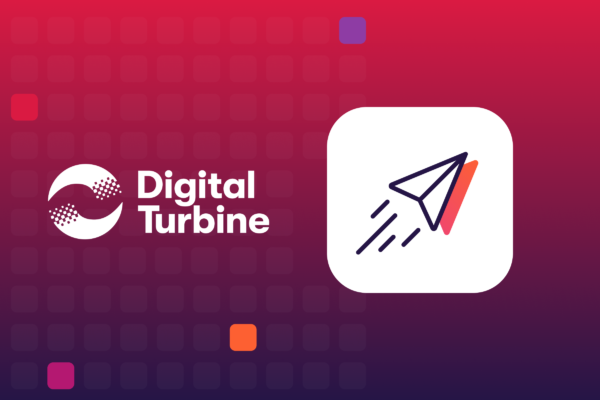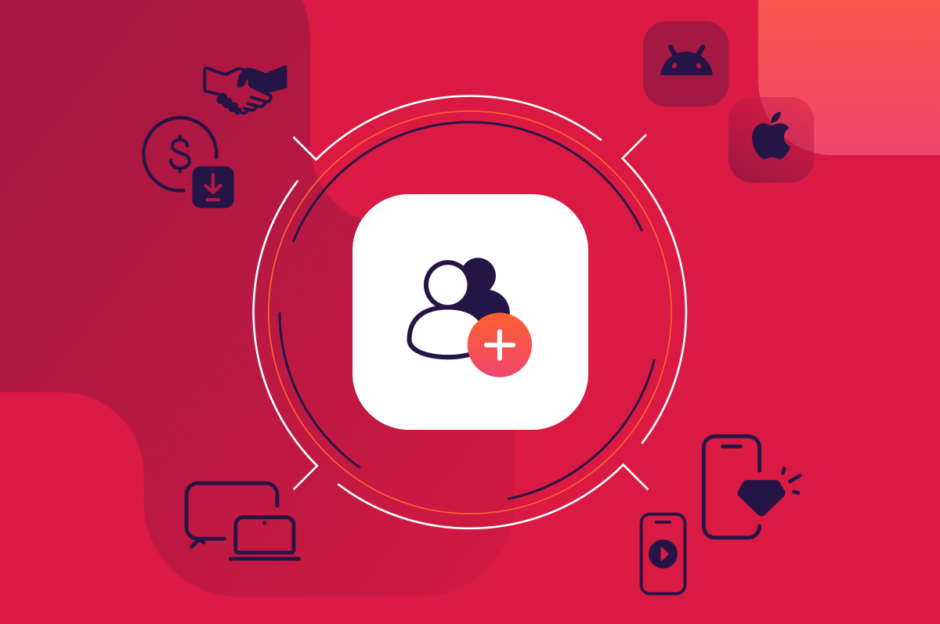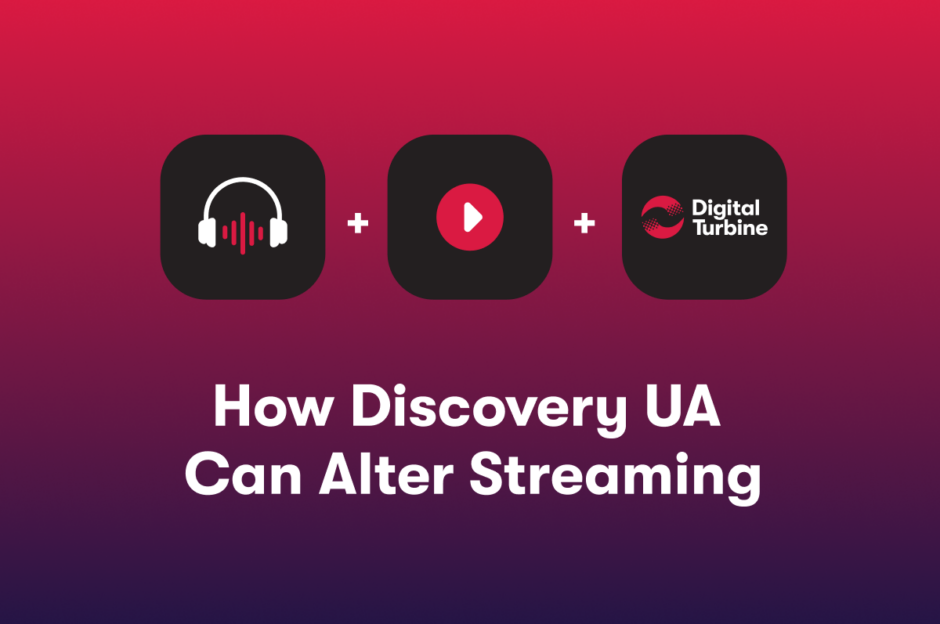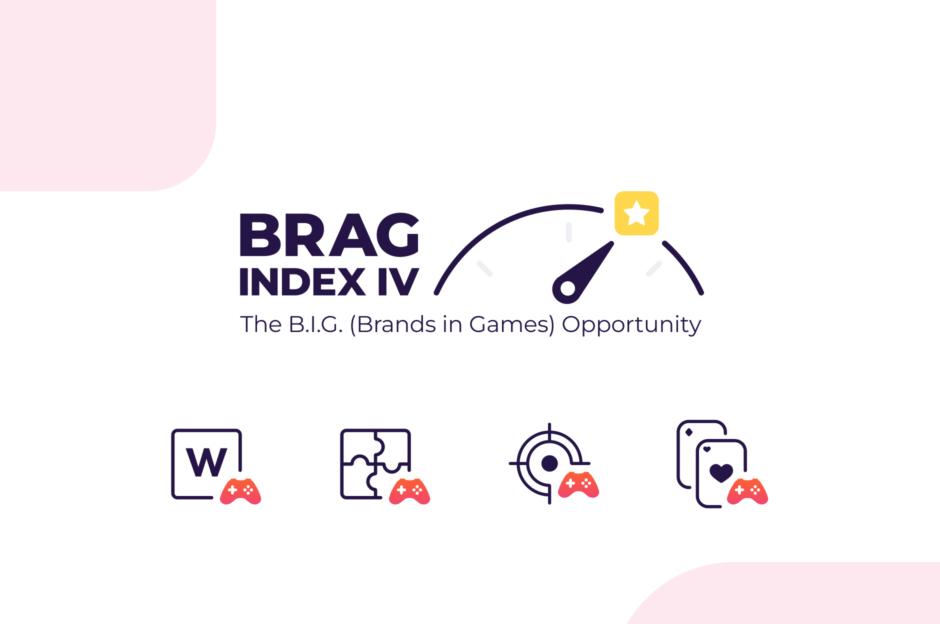
For many Android app developers, the app distribution universe, and therefore their user acquisition strategy, is defined solely as the Google Play store, (and perhaps Amazon). But there are alternative app distribution marketplaces — and they are thriving.
Despite a global market where China is now generating more mobile app revenue than the US, (a market where Google Play is not strong), it can be difficult as a developer to know what to do next to find additional app install growth.
There are definitely alternative distribution marketplaces to explore, but there is complexity (and reward) stepping outside the simple processes of working with these big app stores, and that might be why it’s a path less travelled. Below you will find information on various types of alternative content stores you can use to increase your app’s exposure and downloads.
Mobile Carrier & OEM Stores and Marketplaces
Once the dominant force in mobile content distribution, there are still surprisingly quite a few of these stores in existence — and Digital Turbine manages a number of them. Their strength comes from loyal customers who will repeat purchase given their trusted relationship with their carrier. This is often combined with direct carrier billing, (far more prevalent in emerging markets where credit card penetration is low), and unique offerings such as subscription clubs. Subscription clubs usually provide ‘all you can eat’ access to a select range of games and apps, and are perfect for app developers offering premium content.
OEMs (original equipment manufacturers) are also looking to monetize devices in new ways. In order to find organic installs they often offer content stores of their own, as well as branch out with app preloads.
Alternative App Stores
With the birth of the big app stores has come a vast range of alternative apps stores — usually presenting some unique niche app focus, or targeted to a particular territory. Some are simply a scrape of Google Play (where the download simply re-directs to Google Play), while others offer a true direct download.
China is the most significant market with over 150 Android stores, but there are many others covering markets like Russia, India, Latin America, and even the US. Monetization is a key challenge, as many have no billing mechanism of their own. Apps and app marketplaces need to be prepared to offer ad-funded content, or have their own billing connections. However, they do provide good brand visibility and awareness that can be difficult to secure on Google Play.
Branded White-Label Stores
Brands with strong awareness, or a catalogue of apps, are beginning to offer their own app stores. These are often connected to mobile carriers for direct carrier billing, or preloaded on devices with OEMs. Digital Turbine offers a white-label Marketplace platform to manage such stores, and has been particularly successful with EA Games, and new stores for Disney Asia Pacific.
Premium vs. Freemium vs. Ad-Funded
Freemium titles with in-app purchases often face challenges offering billing solutions, as integrating SDKs for alternative billing methods is a roadblock for many developers. Therefore offering alternatives to credit cards for billing (such as direct carrier billing) is extremely important for alternative app channels. With Premium content and ad-funded content it’s easier to secure simple revenue share model offered by stores or marketplaces.
There are some companies offering ‘app wrappers’ to intercept and inject alternative billing for in-app purchases, but there is still work to be done in this area to make the process more accessible for app developers to work across a large range of channels
Alternative Billing
As mentioned above, the key to success is utilising alternative billing solutions. Direct carrier billing is a viable and popular solution for many alternative channels. Digital Turbine offers direct carrier billing in a growing number of markets, and opens up the app opportunities in emerging markets.
In conclusion, when user acquisition volume has stabilised on Google Play and Amazon but you are looking for additional growth, it might be an ideal time to explore alternative marketplace channels (especially for emerging markets), and expand your distribution universe.
Sign-Up
straight to your inbox.






